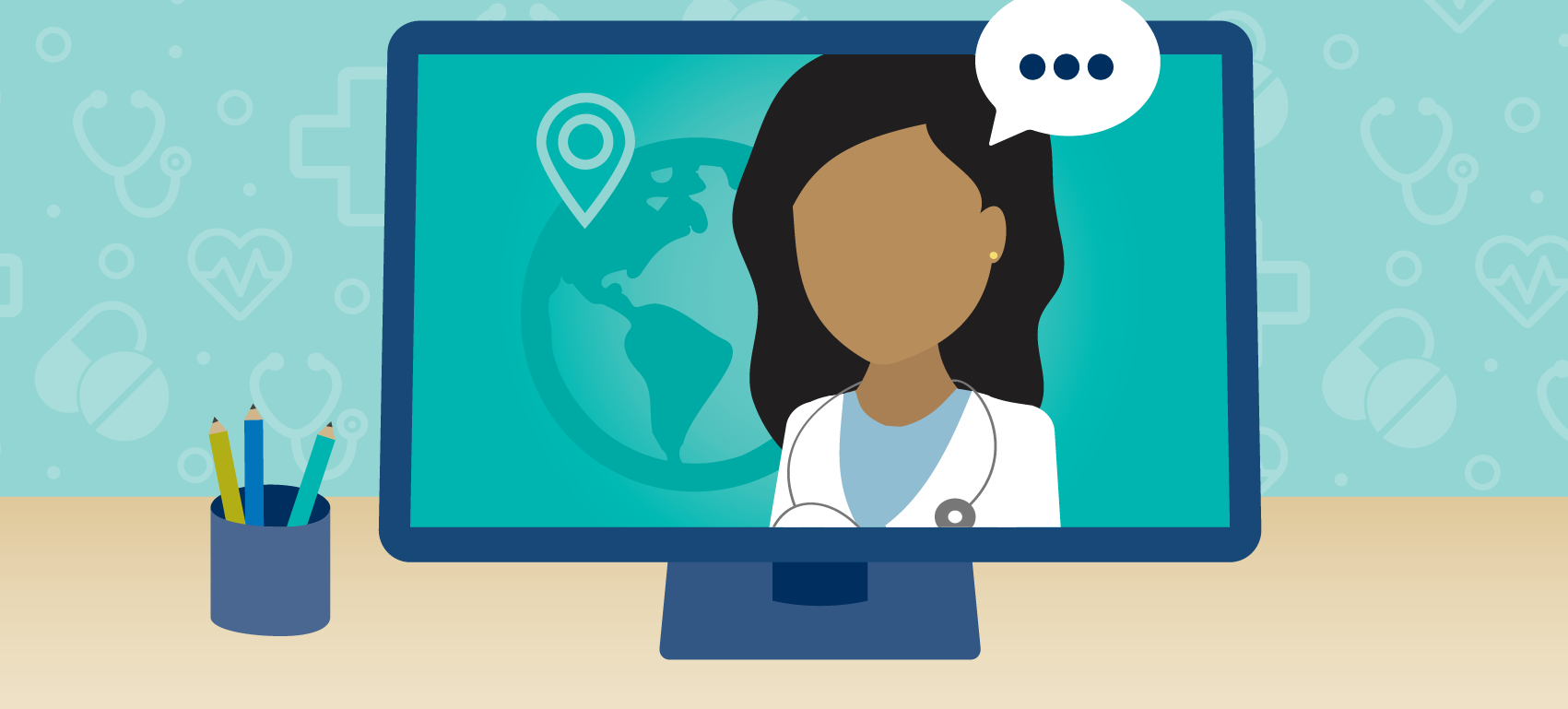
Community Partnership Manager
Community Health Center Network
Why Telehealth Programs Developed in Response to COVID-19 Need to Stay
The landscape of community healthcare has dramatically shifted in response to COVID-19. The dire need to keep vulnerable patients protected and safe from the highly contagious novel coronavirus has been a catalyst for the rapid implementation of telehealth programs across the safety-net, spurring policy change and innovation that is long overdue. While we collectively anticipate the end of this public health crisis, the conditional regulations currently facilitating the expansion of telehealth programs across the safety net need to stay.
In the span of three weeks, the eight Federally Qualified Health Centers (FQHC) of the Community Health Center Network (CHCN) propped up robust telehealth* programs, switching the majority of primary care and behavioral health services from in-person to telephonic or video visits. Medi-Cal primary care practitioners are finally getting reimbursed for providing virtual care to their patients, either over the phone or via video, allowing patients to stay safe at home and, importantly for low-income families, to avoid unnecessary travel or unpaid time-off work. The primary benefits of telehealth go far beyond simply the convenience of receiving care in the comfort of one’s home. For Medi-Cal patients, being able to receive virtual care can save precious time, and money. Along with reducing the transportation burden, virtual care can save families money by reducing the hours taken off from work and childcare costs.
These rapid shifts emerged from an unprecedented convergence of policy change at the state and national level, and clinical implementation across health centers. On March 13, a national state of emergency was declared, triggering a rapid set of policy efforts, including California’s Department of Health Care Services (DHCS)’s CA 1135 waiver. With its approval, all Medi-Cal billable providers within the primary care setting could now be covered for providing medical services via telehealth, opening up the possibility for not just patients to be in the safety of their home, but for care teams to work remotely as well. Since then, FQHCs have adopted and modified various technologies, such as using Hello Sign to get patient signatures, and WELL health for patient outreach and COVID-19 screenings. As many specialists downsize their in-person visit capacity, we’ve seen our providers turn to e-Consults via RubiconMD to get specialists’ advice on clinical questions. New protocols, visit documentation guidelines, and best practices for providing care remotely have been shared widely across the network and are spurring rapid redesign of care.
Before the widespread recognition that COVID-19 was a pandemic, telehealth across the Medi-Cal population was an up and coming frontier, but federal and state policy had strict policies on when and where telehealth would get reimbursed, and were particularly stringent and unfavorable for FQHCs. On March 12th, the day before we entered a national state of emergency, billable providers within FQHCs — physicians, physician assistants, nurse practitioners, clinical nurse midwives, clinical psychologists — would only get reimbursed for providing virtual care to a patient if they were homebound or a seasonal migrant worker. A series of convoluted scenarios that needed policy experts to decipher, limited FQHC telehealth reimbursement, requiring most patients to physically show-up at the FQHC. Naturally, these scenarios defeat the primary benefits of telehealth — staying at home when needed, either to mitigate exposure to COVID-19, or because making arrangements for an in-person visit is too costly, one way or another.
While some have pointed to the lack of technology resources as barriers to telehealth adoption across the safety-net, it is clear that Medi-Cal reimbursement policy has been an even bigger barrier. Under DHCS’s new COVID-19 Telehealth policy, virtual care is being encouraged through financial reimbursement, allowing the safety-net to grow out telehealth programs as needed. Although there are still immense challenges ahead in responding to COVID-19 — inadequate supplies of personal protective equipment (PPE), preparing for the imminent surge of cases, and reduced revenue streams for primary care — we have seen remarkable success in the adoption of telehealth services within the primary care setting. Across CHCN health centers, it is reported that behavioral health no-show rates have decreased, perhaps not surprisingly due to the rampant anxiety and stress related to isolation and our global pandemic.
In community-oriented healthcare, — the safety net — we strive to provide culturally affirmative, excellent quality care to diverse populations. In order to achieve this goal, we need to utilize every tool and resource available, including the one that patients use on a daily basis – their phone. The majority of families under the poverty line in the United States have a smart phone with video capacity. Immigrant families are experts of Whatsapp to stay connected to international networks of relatives, and grandmas and grandpas have learned how to FaceTime in order to connect with their grandchildren. Although we should be under no illusion that telehealth will solve the deep-rooted inequities across access to quality healthcare, we should make sure telehealth is an option that is available to all. In order to do so, we need to advocate for the continuation of common-sense Medi-Cal reimbursement for telehealth within FQHCs.
*Telehealth is an umbrella term that covers e-consults, telephone visits, and video visits.
